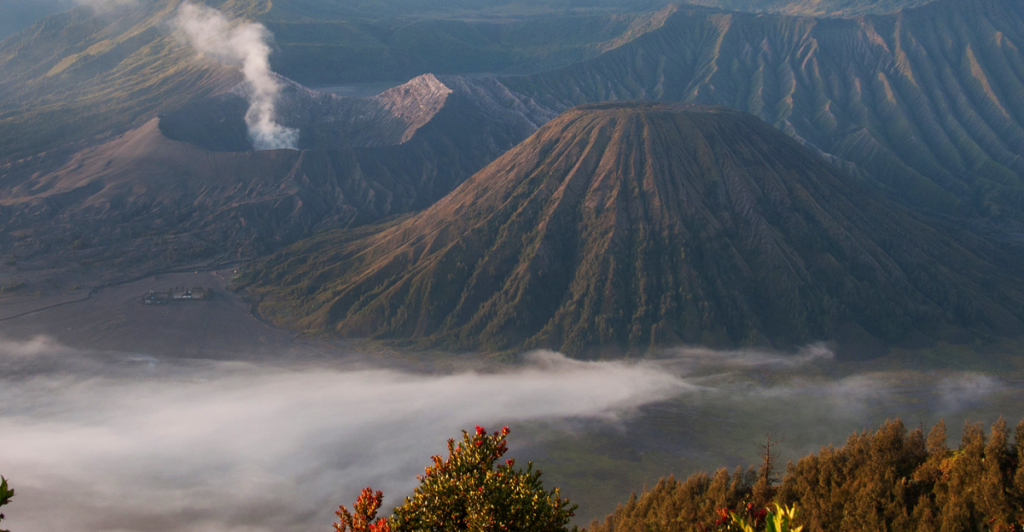
While Hawaii and Yellowstone often steal the spotlight, the U.S. harbors lesser-known volcanoes that have profoundly shaped its landscapes. Now dormant or extinct, these geological giants created stunning features that continue to captivate geologists and travelers alike. Let’s explore 10 forgotten U.S. volcanoes that left an indelible mark on the country’s terrain, offering a glimpse into Earth’s tumultuous past and its lasting legacy on today’s environment.
Mount Mazama – Crater Lake’s Creator
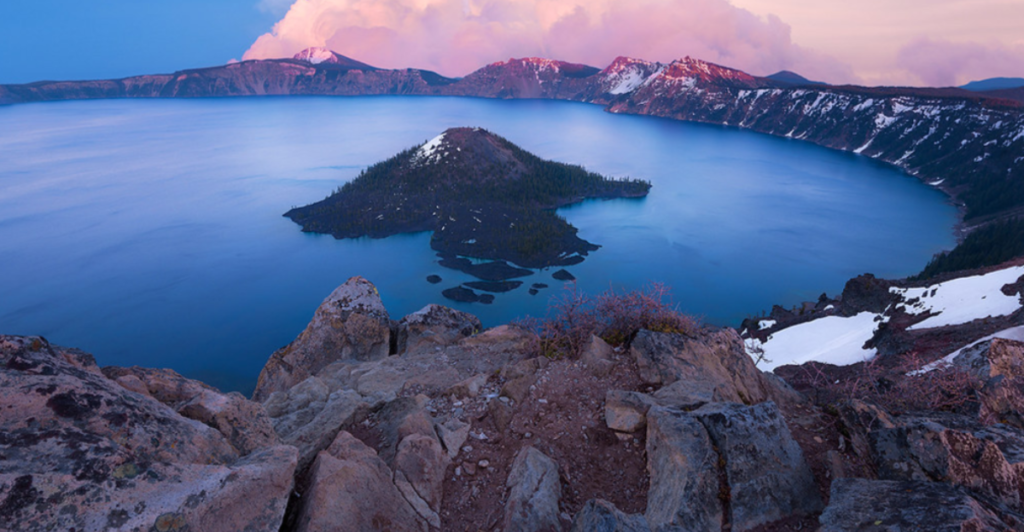
In Oregon, Mount Mazama’s cataclysmic eruption 7,700 years ago formed Crater Lake, the nation’s deepest lake. The collapse of this massive stratovolcano left a caldera filled with pristine blue water. Today, Crater Lake National Park attracts visitors with its serene beauty and dramatic geology, a testament to the explosive power of Mazama’s ancient activity.
Mount Thielsen – Oregon’s Lightning Rod
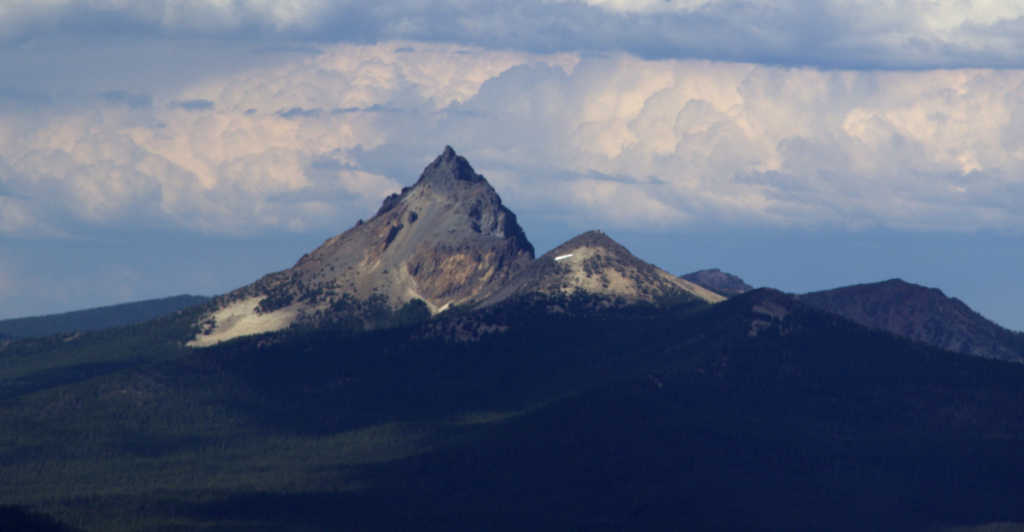
Also in Oregon, Mount Thielsen is a striking extinct shield volcano known as the “Lightning Rod of the Cascades.” Its sharp summit often attracts lightning strikes. The erosion of its volcanic core created its dramatic spire-like appearance, making it a favorite destination for climbers and adventurers.
Valles Caldera – New Mexico’s Hidden Gem
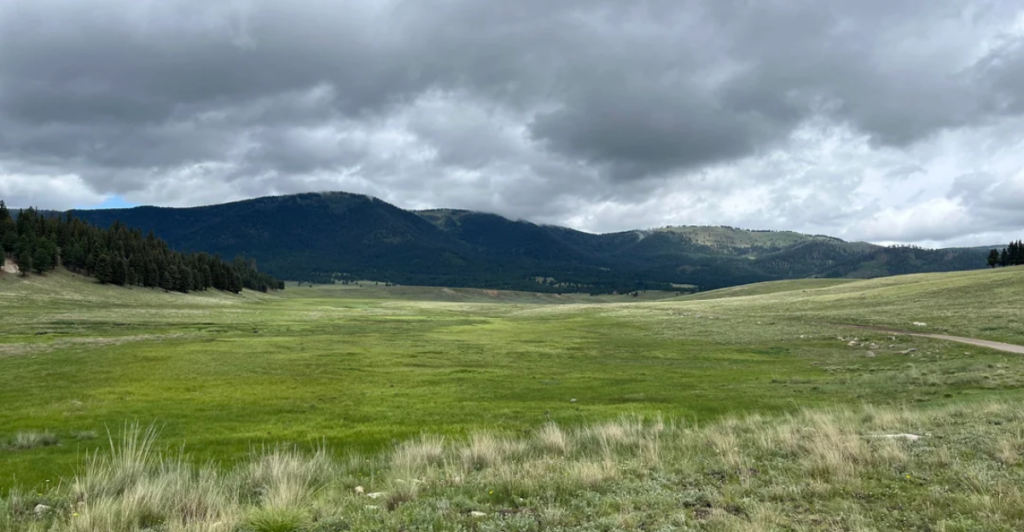
Located in northern New Mexico, Valles Caldera is a massive 13-mile-wide volcanic depression formed after a super-eruption 1.25 million years ago. Today, it’s a hotspot for hiking, geothermal springs, and wildlife, offering a glimpse into the region’s volcanic origins and the vibrant ecosystem that now thrives there.
Mount Taylor – Sacred and Scenic
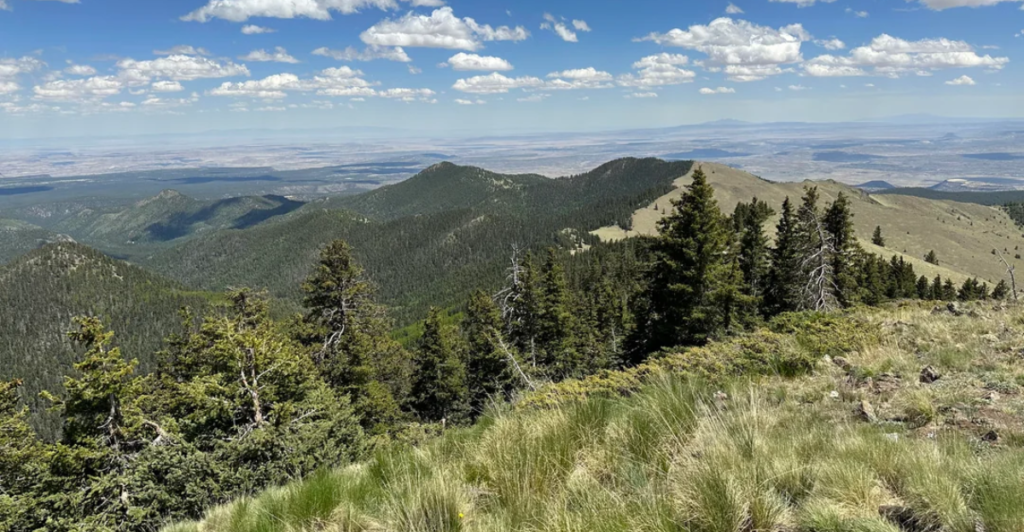
Mount Taylor in New Mexico, an extinct stratovolcano, is a geological wonder and a sacred site for Native American tribes. Towering at over 11,300 feet, its slopes and surrounding mesas were shaped by ancient lava flows. The mountain’s spiritual and historical significance adds a cultural dimension to its natural beauty.
Capulin Volcano – A Perfect Cone
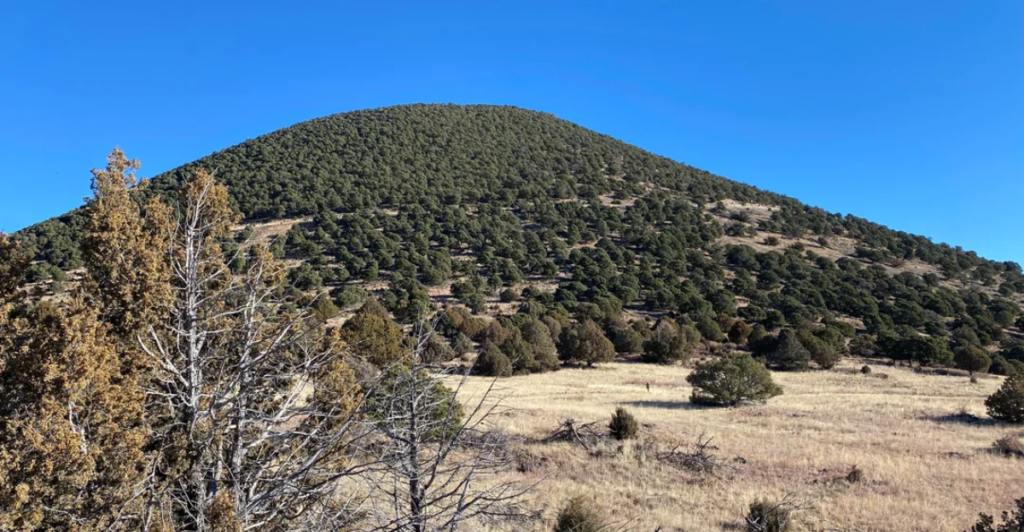
Capulin Volcano in northeastern New Mexico boasts a nearly perfect cinder cone, preserved as part of Capulin Volcano National Monument. Its last eruption occurred about 60,000 years ago, and visitors can hike to the rim for panoramic views of the surrounding volcanic field. This small but impactful volcano exemplifies textbook volcanic formations.
Mount Shasta’s Quiet Majesty

Northern California’s Mount Shasta is a towering stratovolcano last erupted in the late 1700s. Revered by Indigenous peoples and admired by mountaineers, Shasta’s snow-capped peaks and surrounding forests draw visitors year-round. Despite its dormancy, Shasta’s volcanic legacy is etched into the landscape of the Pacific Northwest.
Medicine Lake Volcano – California’s Shield Giant
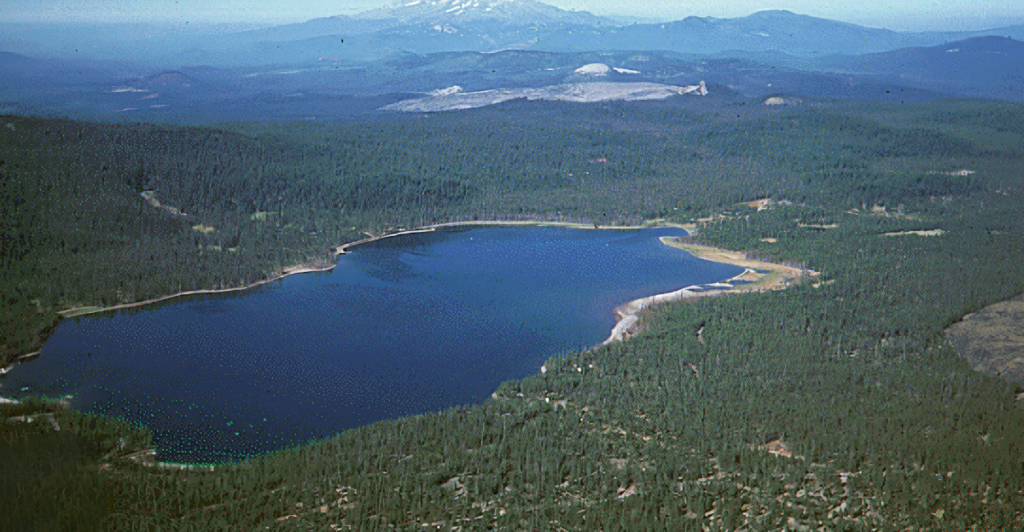
Also in California, Medicine Lake Volcano is a sprawling shield volcano overshadowed by nearby Mount Shasta. Over millennia, countless lava flows formed its gentle slopes. Lava tubes and obsidian flows in the area offer a closer look at its fascinating volcanic features and enduring influence on the landscape.
Mount Adams – A Sleeping Beauty
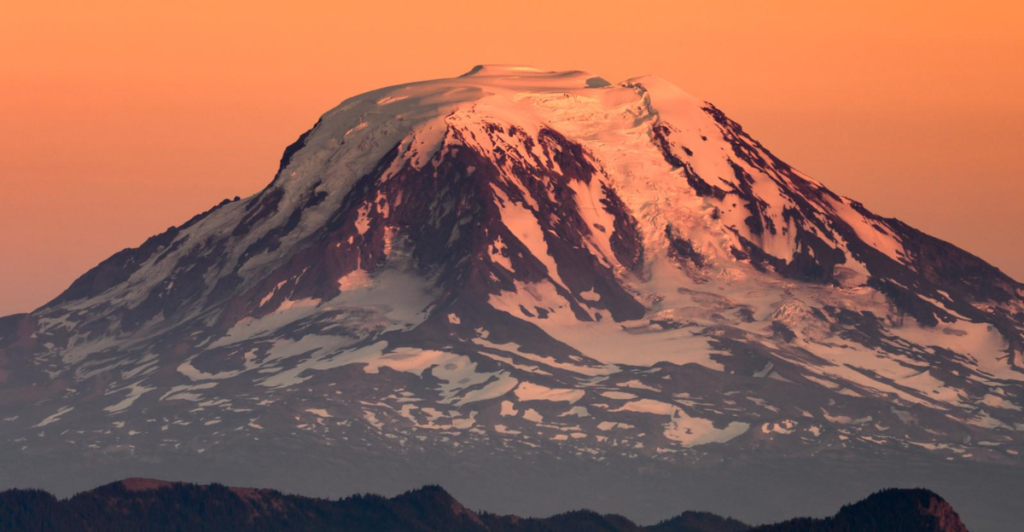
Mount Adams, in Washington state, is the second-highest peak in the Cascades. This massive stratovolcano has been dormant for over 1,000 years, but its glaciers, lava fields, and rugged beauty define the region. Mount Adams’ volcanic activity shaped valleys and waterways vital to local ecosystems.
Mono-Inyo Craters – California’s Volcanic Chain
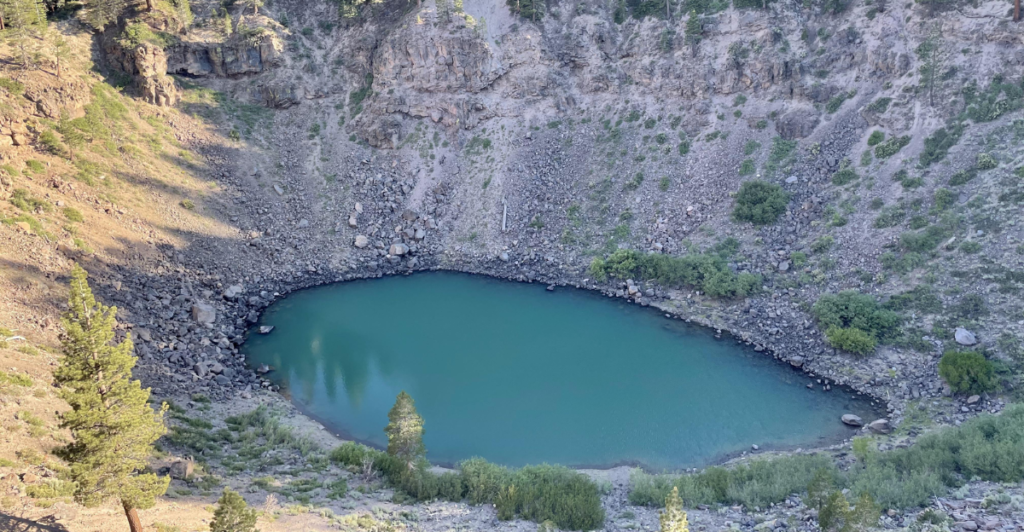
Stretching along California’s eastern Sierra Nevada, the Mono-Inyo Craters are a series of volcanic domes, craters, and lava flows. Their last eruption occurred around 600 years ago. These features offer a unique volcanic landscape, drawing geologists and photographers to their stark and otherworldly terrain.
Uinkaret Volcanic Field – Arizona’s Lava Legacy
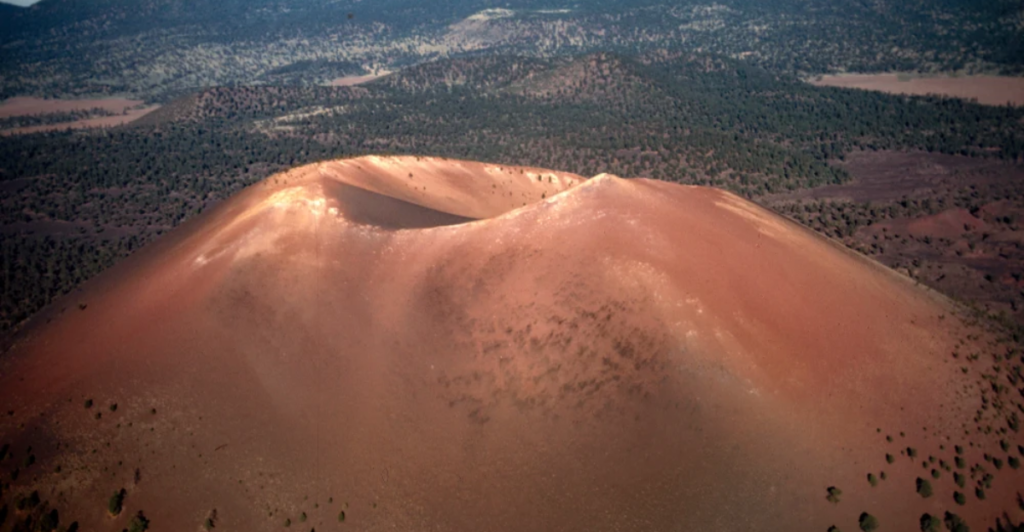
The Uinkaret Volcanic Field, near the Grand Canyon in Arizona, features lava flows that dramatically altered the landscape. Its most recent volcanic activity about 1,000 years ago created striking basalt formations and dams. This field highlights the interplay between volcanic forces and the iconic canyon’s evolution.
Sunset Crater – Arizona’s Fiery Past
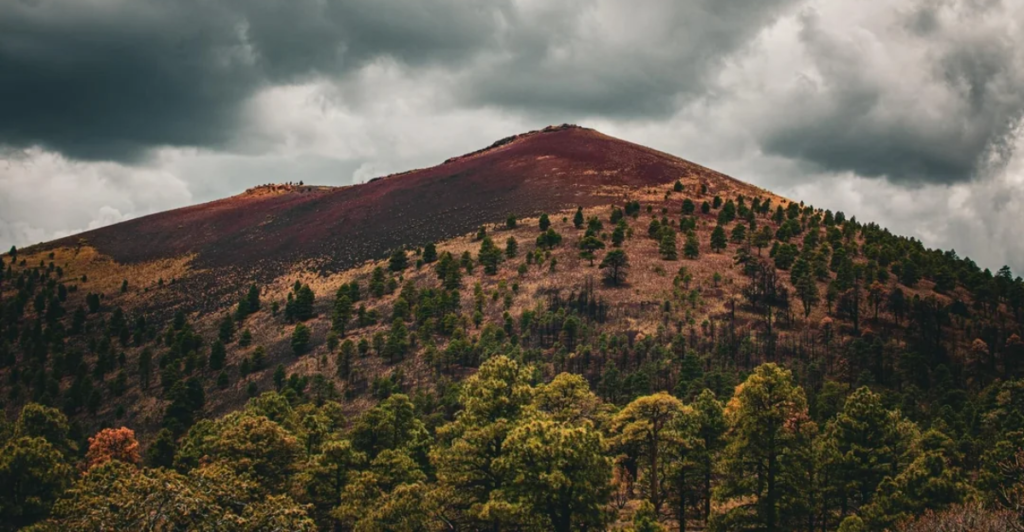
Sunset Crater, a cinder cone near Flagstaff, erupted around 1085 AD, covering the region in ash and lava. Now a national monument, the crater, and its surroundings reveal how volcanic activity shaped local ecosystems and influenced Indigenous agriculture. Its striking reddish hues resemble a perpetual sunset, giving the crater its name.
A Legacy of Fire
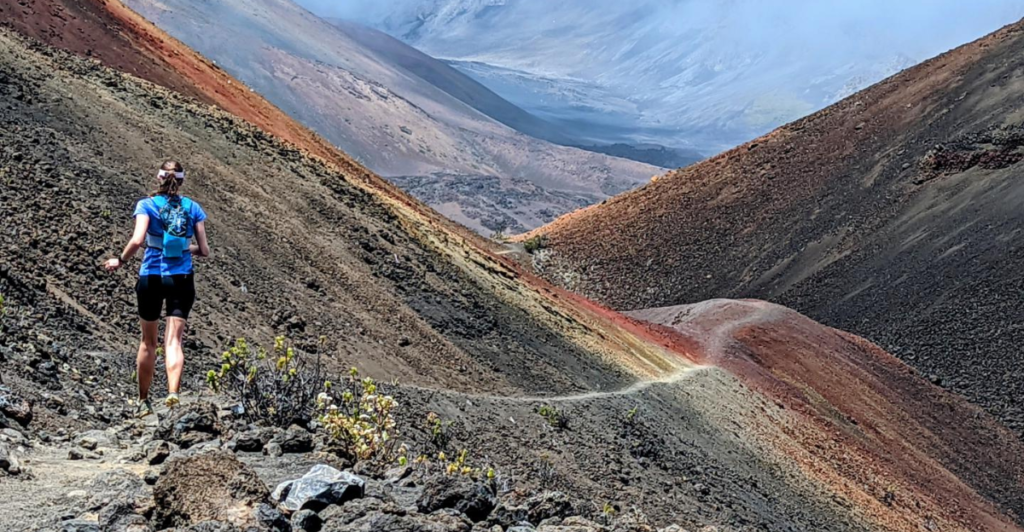
These forgotten U.S. volcanoes remind us of Earth’s volatile and transformative power. Though dormant, they left behind landscapes that inspire awe and curiosity. From towering peaks to expansive calderas, each volcano tells a story of fiery creation and enduring impact, connecting us to a dynamic geological past that shaped today’s world.
Stay connected with us for more stories like this! Follow us to get the latest updates or hit the Follow button at the top of this article, and let us know what you think by leaving your feedback below. We’d love to hear from you!







